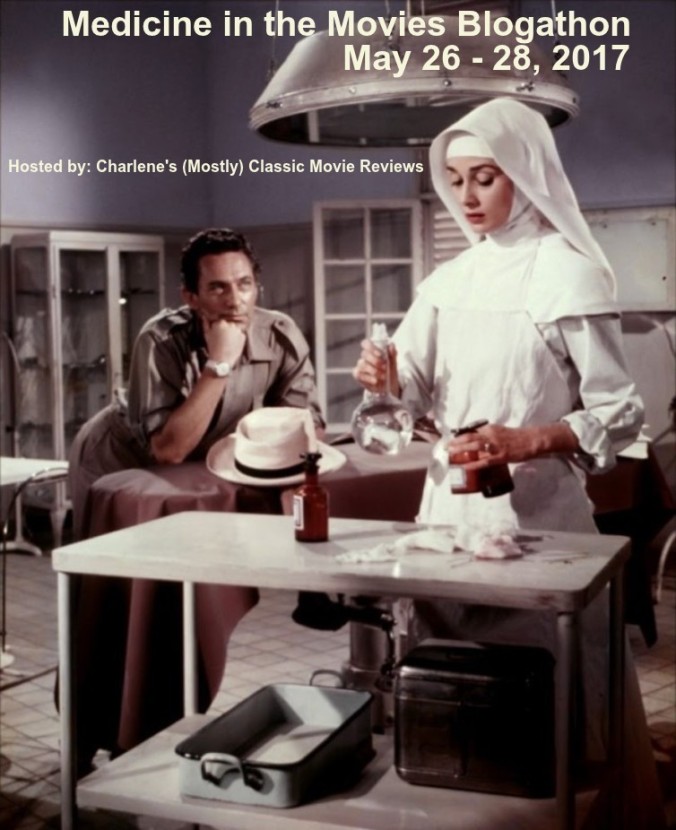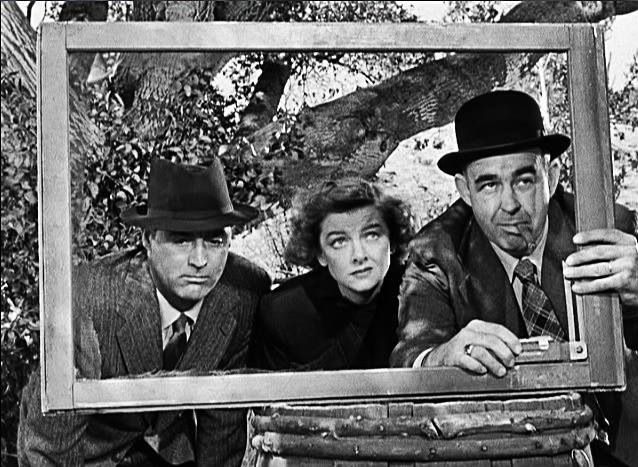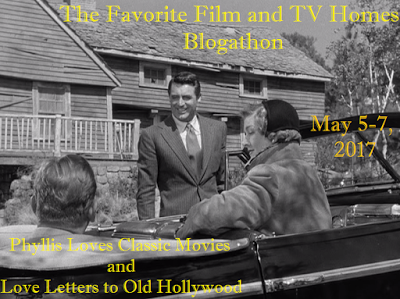Family is an integral aspect and concept inhabiting human existence. Conflicts among those closest to us are inevitable, and their eventual resolutions may be civil or volatile. We also depend on familial relations for support, love, and resiliency. Joyous occasions, such as a birth, can facilitate immense celebration and happiness. An illness in a family member can create fear, panic, reflection, yet enhanced connectivity. Thus, it is quite evident that the idea of medicine extends beyond physical and mental illness to encompass the vital component of familial coping and interaction with their loved ones. “A Woman Under the Influence” is a brilliant 1974 drama film directed by John Cassavetes, demonstrating the wide array of familial emotions in the midst of a loved one’s illness.
Nick Longhetti (Peter Falk) is a hard-working construction worker married to Mabel (Gena Rowlands) and father to three children. He is quite preoccupied with others’ perceptions of Mabel’s eccentricities, and serves to exert a great deal of control over her decision-making and her behaviour. Mabel is acutely aware of this power dynamic, and puts a great deal of effort in trying to be a great “hostess”. She is greatly disturbed and confused by others’ expectations of her behaviour, manifesting into odd mannerisms and occasional outbursts. A variety of events over the course of a day including questionable conduct at a children’s party to a heated confrontation with her mother-in-law Margaret (Katherine Cassavetes) led to Mabel’s certification and involuntary psychiatric hospitalization for six months. Upon her return home, the familial expectation was complete cure (i.e. acting within the norms of society). It quickly became apparent that illness in any shape or form involves recovery – experiencing life in the present and using healthy coping strategies to deal with daily challenges.

This film has multiple assets which effectively conveys the stressors involved in living with mental illness. The acting is absolutely sublime. Peter Falk palpably harbours anger, confusion, and discontent with the reality of his ideal vision of family. The supporting cast’s emotions greatly increase the intensity and concern of their loved ones. However, I feel that it is Gena Rowlands’ acting talent and complete engulfment into Mabel’s world which makes this film a classic. She epitomizes the central struggle of a fragile individual living with a strained marriage and mental illness. As well, the long scenes feel improvised, allowing the viewers to watch an encounter where individuals’ behaviours evolve. Emotions heighten, and behaviours may become more unhinged and disintegrative in realtime. This enhances the fidelity of the film to many real-life circumstances, whereby the snowball effect leads to a potential familial crisis and an eventual intervention.
I believe that the title of the film lends itself to a variety of interpretations. Specifically, how was Mabel under the influence? Were her behaviours a manifestation of alcohol use, true mental illness, her personality, her reality, or her family’s expectations? In truth, a multifaceted lens needs to be adopted in understanding anyone’s behaviour. Psychiatry as well as other areas of medicine operates under a biopsychosocial model, in which biology, psychology, and social factors contribute to wellness or illness. Culture is another component influencing health care professionals’ and the public’s opinions on the manifestations of mental illness. Mabel’s behaviours and eventual hospitalization were not solely from an organic basis. They culminated from many aspects and ideas of our Western societal and cultural perception of illness, norms, and wellness.

I do not own any of the images in this post. This post is also a part of a blogathon I am hosting between May 26 – 28 related to Medicine in the Movies! Please check out other related posts over the next few days as we discuss the impact of the medical field on cinema!



